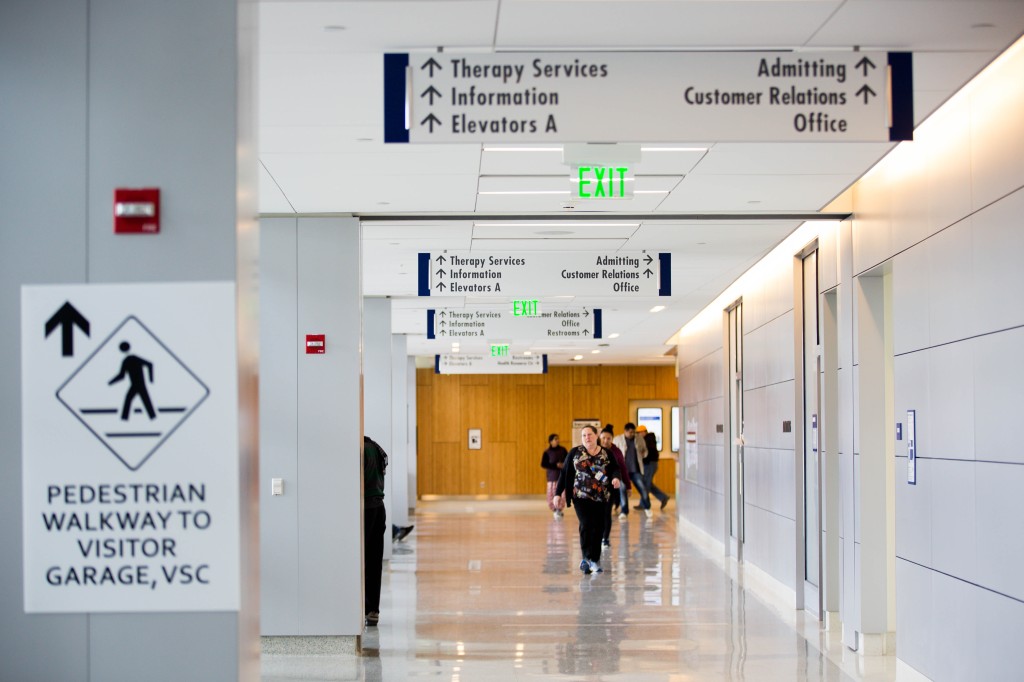Santa Clara County eyeing expansion of its health insurance program

Santa Clara County supervisors will vote Tuesday on a proposal that would open up the county’s healthcare plan eligibility requirements for an additional estimated 30,000 residents in an effort to chip away at the number of uninsured people in the region as well as reduce costs for those on tight budgets in an area known for high living costs.
The county’s Primary Care Access Program, or PCAP, currently serves 8,000 adults and is available for those with an income of less than 200% of the federal poverty line, or $53,000 per year.
The proposal from Supervisors Otto Lee and Joe Simitian would double that income cap to $106,000. Currently, the county’s median family income is $151,300, one of the highest in the entire country.
“Maybe they are that ‘missing middle,’” said Simitian at a Tuesday press conference about residents who could find themselves eligible. “Folks who make what we thought was a decent, middle class wage back in the day but now discover in our high-cost valley that with the high cost of healthcare and health insurance, they can’t access the help they need.”
While the expansion only needs one more supervisor’s approval on the board to pass, Simitian said he’s confident he’ll get a unanimous vote.
Approved in 2015 by the supervisors and started in 2017, PCAP is an option for those who aren’t eligible for state programs like Covered California or federal ones like Medicare. The county program offers primary care coverage, vision, dental, behavioral health services and specialized care at Valley Medical Center in San Jose.
PCAP costs the county $5 million per year, a small slice of their $9.2 billion budget, and the expansion of eligibility would most likely require an additional $10 million, according to County Executive Jeffrey Smith. That number, however, could be lower, said Smith, if those seeking PCAP find out they are eligible for state or federal programs.
He added that the county’s healthcare system could also end up potentially saving money with the expansion of PCAP if more people are visiting their doctors rather than relying on the county’s emergency rooms as their primary way to get help.
While the program would open up healthcare eligibility to tens of thousands of people, it still would leave approximately 50,000 people in the county who remain uninsured, according to the county’s latest data.
That number has been on the decline since 2013, said Simitian, when roughly 200,000 people in the county still didn’t have insurance.
To get those last remaining individuals covered, Supervisor Lee said that the county must first figure out what is holding them back. He also said that further raising the income cap for PCAP is an option.
“Certainly increasing that number is a possibility,” said Lee in an interview. “I don’t think we’ll stop right there in terms of strategy. I think trying to identify (the uninsured) is the next big thing we need to do.”
This content was originally published here.




Responses